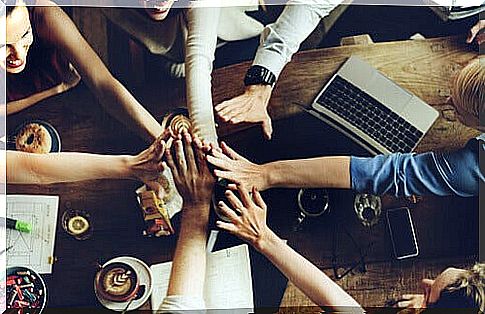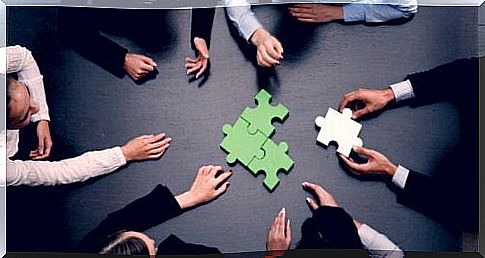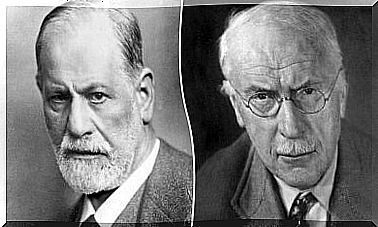Why Do Groups Generate Standards?

If we observe the different social groups that exist, regardless of their formal or informal character, these groups generate norms. These standards are part of our social life and we accept them, in their great majority, as something lawful and essential. The questions that arise from this point are therefore: how are these group norms generated? What functions do they perform within a group?
Before answering these two questions, we must give a definition of standard to understand in depth its genesis and its functions. Homans defined the “norm” as an idea which occupies the minds of the members of the group and acts as a point of reference when reality is ambiguous or an idea which has the character of regulating attitudes and behaviors. Apart from its definition, it is essential to know that standards can be presented in two ways:
- Descriptive norms: these are those that correspond to what the members of the group do in a given situation. They constitute the model of conduct to be followed by all members. These standards would have the function of serving as a frame of reference when reality is ambiguous.
- Prescriptive standards: These indicate what group members approve or disapprove of. They specify what “should be done” and represent the morality of the group. These norms would act as a mechanism for regulating attitudes and behaviors.

Functions of group standards
We know that groups generate norms and we can therefore deduce that these must fulfill a series of functions in group dynamics or, at least, have certain consequences on groups. If they weren’t, their existence would be meaningless. It should be noted that these functions can have an individual or social character; individual when their consequences have repercussions on the subject and social when the norms meet the needs of the group at the social level or within it. In the majority of cases, a standard has these two meanings.
The main function of the individual group standards is to serve as a point of reference. Thanks to them, the individual knows how to interpret and construct reality. This function fits perfectly into the socio-constructivist paradigms which postulate that reality is constructed through the filter of society and culture: groups and their norms would be the active agents of this process.
With regard to social functions, their purpose would be:
- The regulation and coordination of the interactions and activities of the members of the group, so that they are carried out in an orderly manner. They would help to avoid chaos and conflict and thus prevent the destruction or downfall of the group.
- The achievement of the group’s objectives. When groups generate norms, they create uniformity of behavior towards the same goal. This goes a long way towards improving efficiency in meeting these group goals.
- Maintaining group identity. A set of standards that tell you what you should be and how you should behave will help you differentiate yourself from others. Which will help in the genesis of a group identity that will categorize you as a member of that specific group.

How do groups generate standards?
The development of standards is a question that has tormented many social psychologists. Levine and Moreland’s analyzes take up a large number of theories and experiments on how groups generate norms. And thanks to them, we can say that their genesis can take place from two different origins: an internal origin or an external origin.
Among the various factors of internal origin, we can find:
- Guide members on how they should behave in a given situation. The more members who share this guide, the faster the standard is set.
- Negotiation between members during conflict resolution.
- By imitation of the norm of a member that spreads to the rest of the group.
- By self-categorization, when a standard is constructed using the information available from the group identity.
When it comes to external origins, the most notable and common is when an institution or leader dictates a standard. This norm comes from outside the group or, at the individual level, from a member of the group, which produces a greater rejection than when it has an internal origin. But that will depend, to a large extent, on the agreement or compatibility of the standard with the group’s objectives.
Group standards are part of our daily life. They tell us how we should do our work, how we should be dressed at a party… Their influence is noticeable in our behavior and it is largely implicit or unconscious. It is for this reason that it is important to be familiar with the standards and how they work; this will allow us to have a critical vision of these and to avoid acting against our morality or our personal identity.










